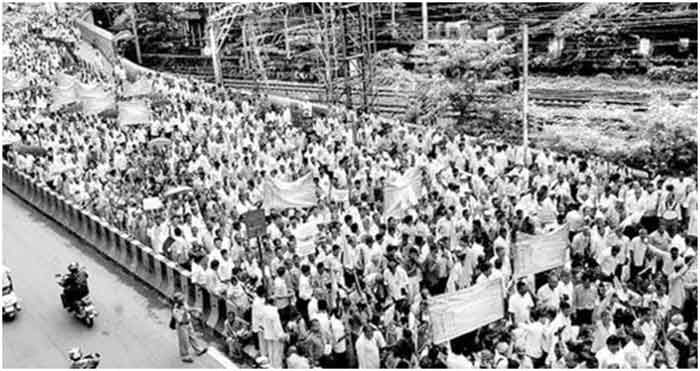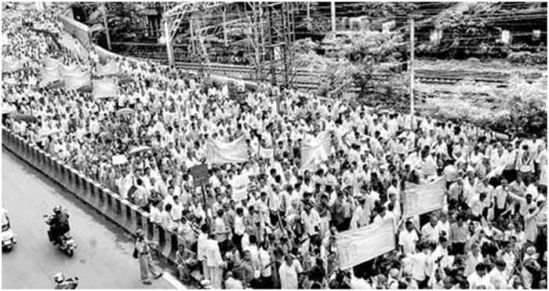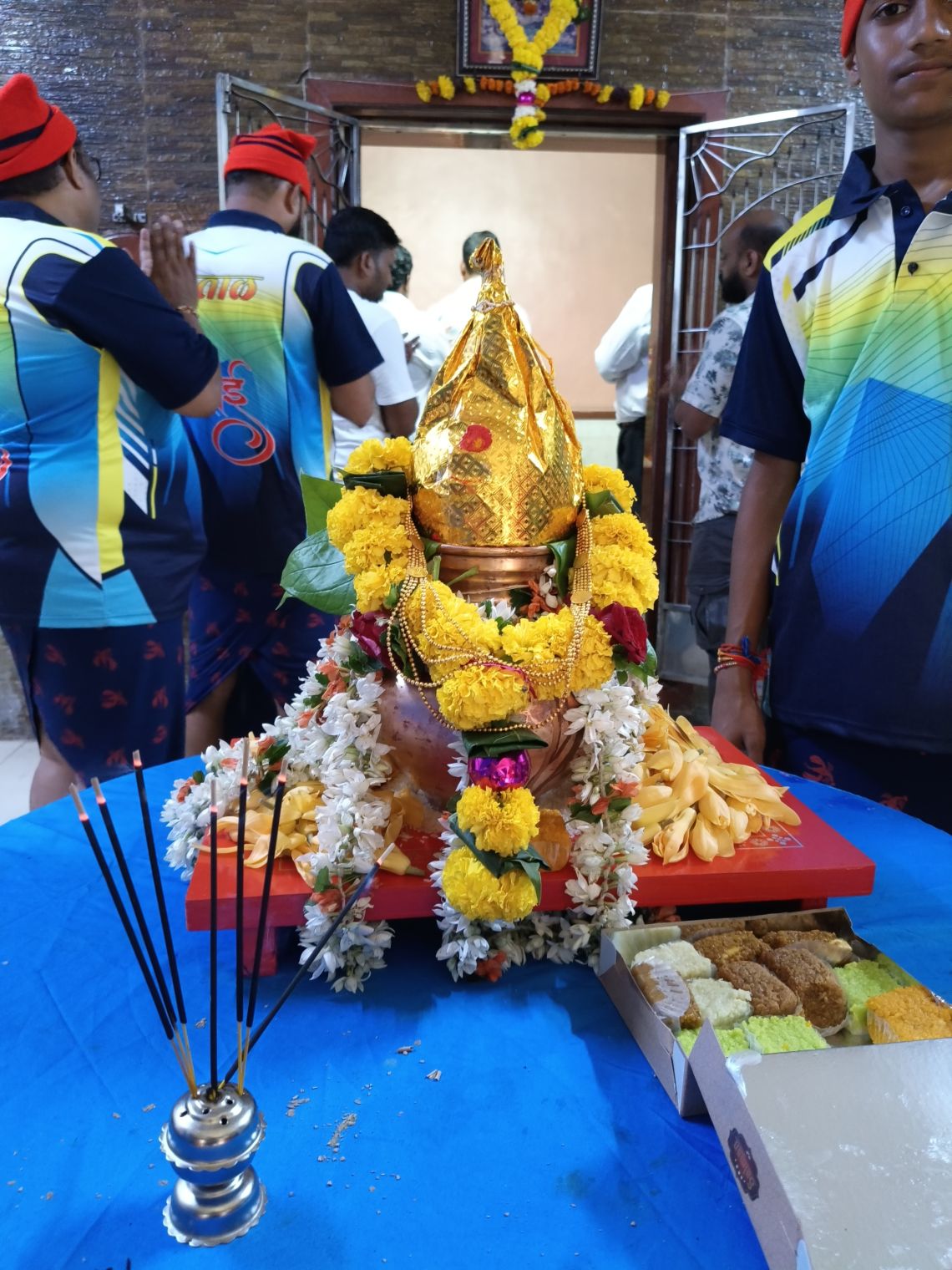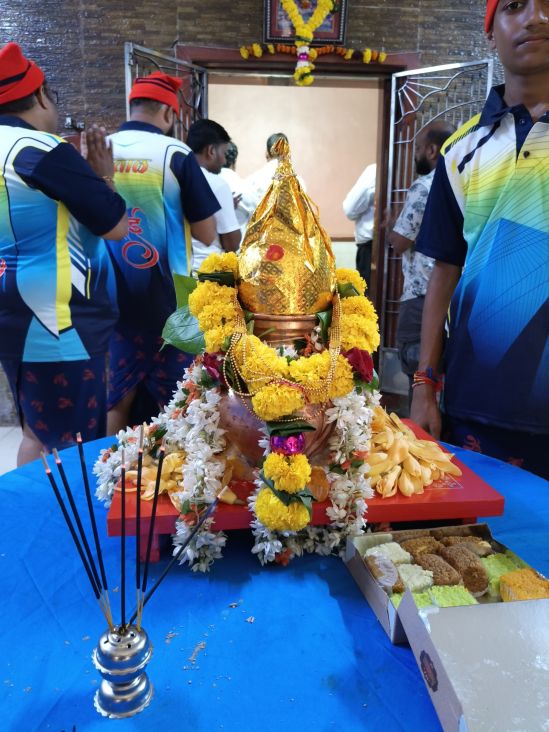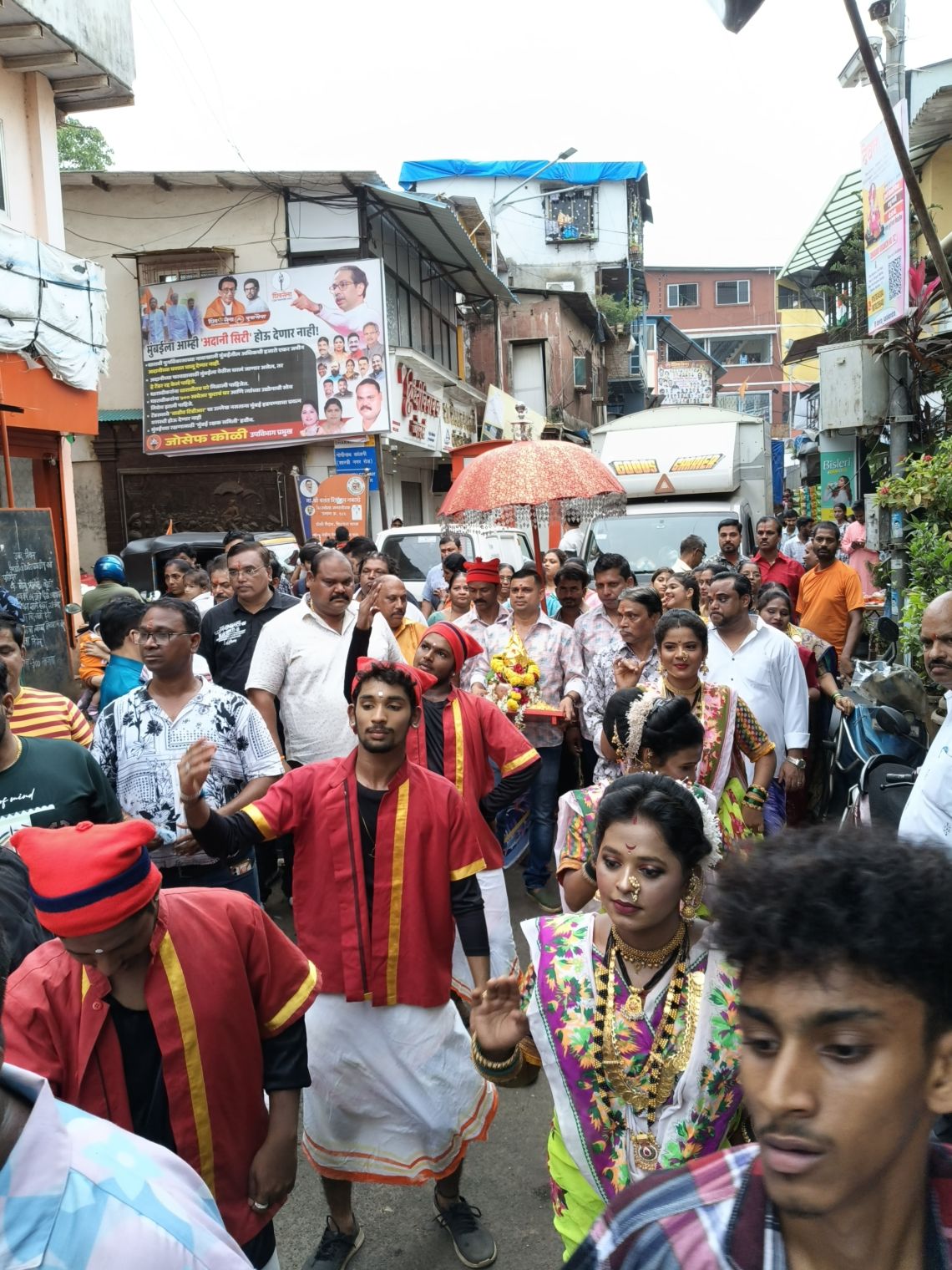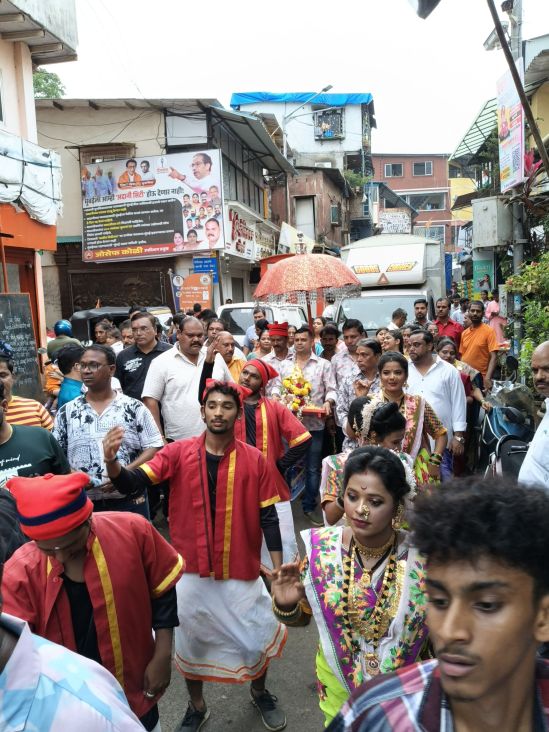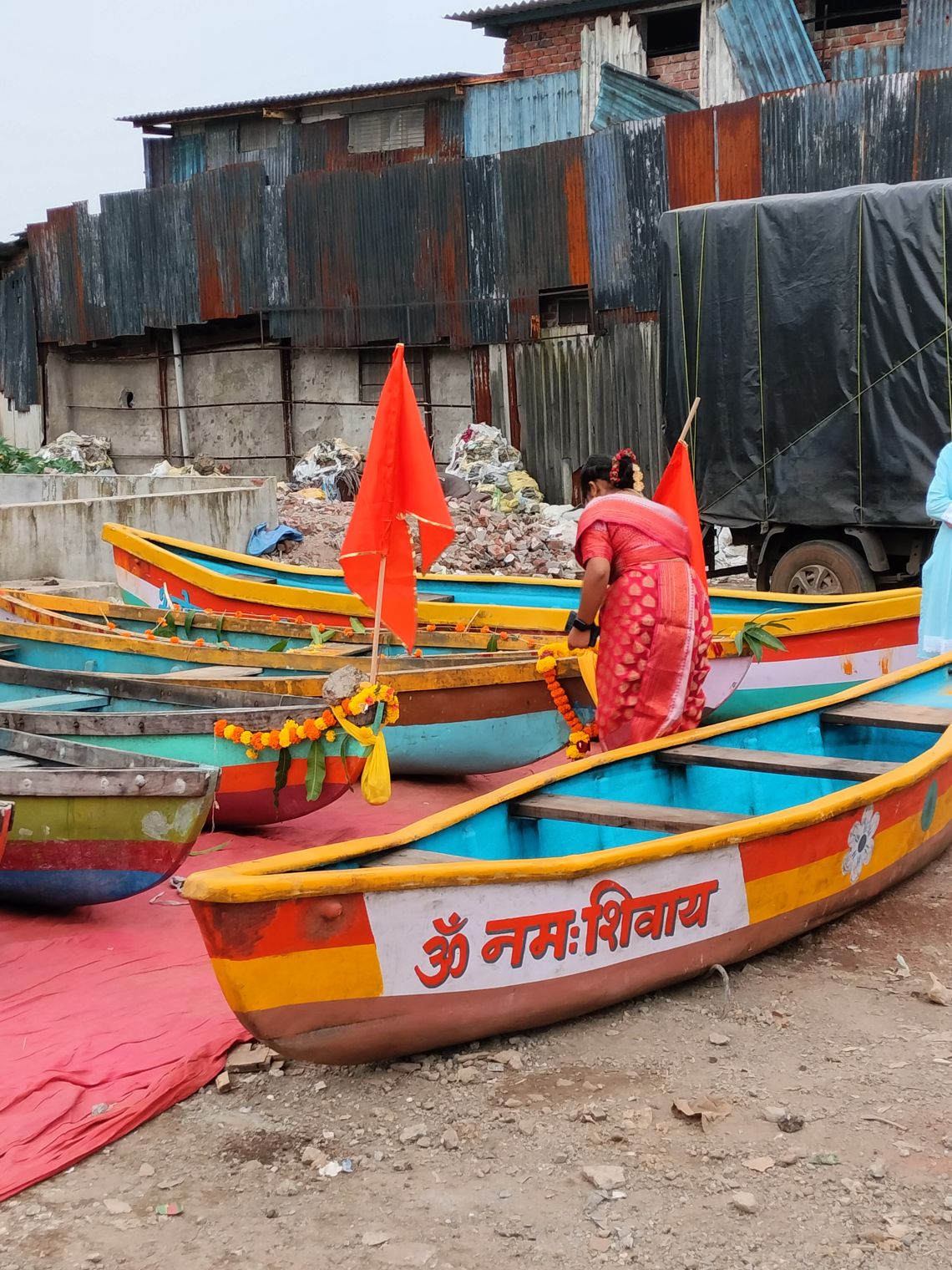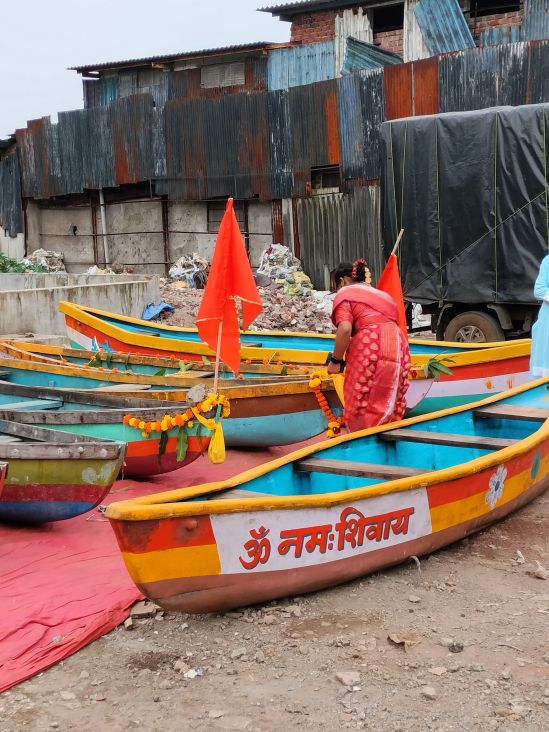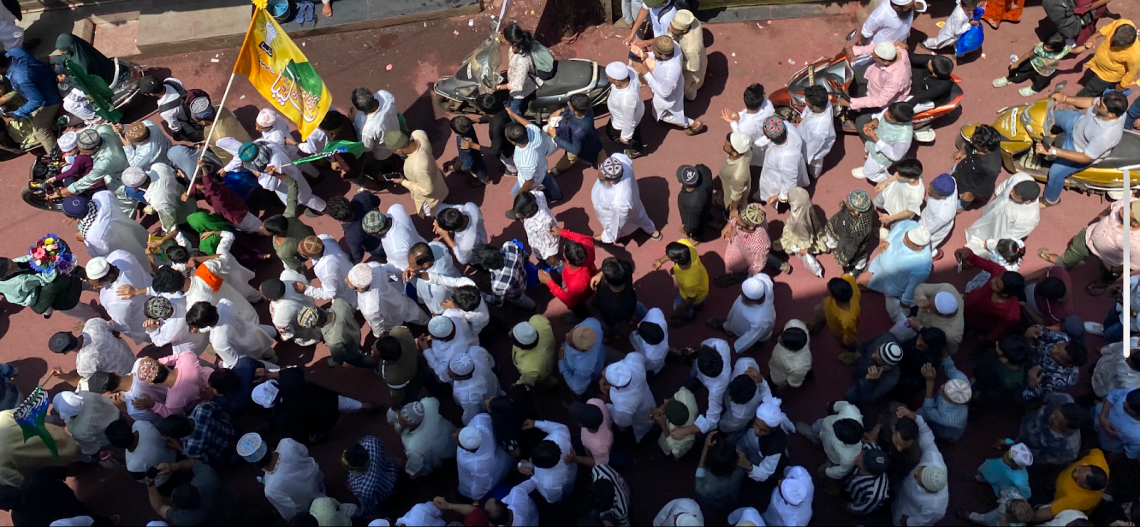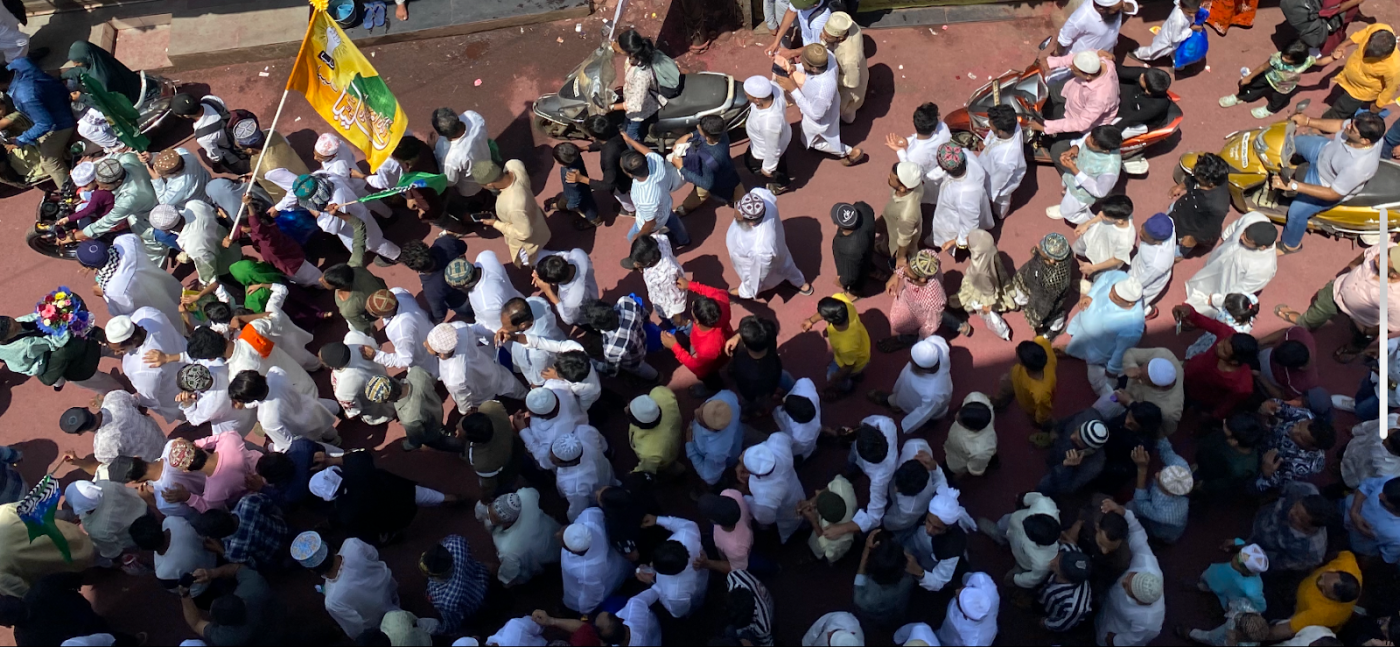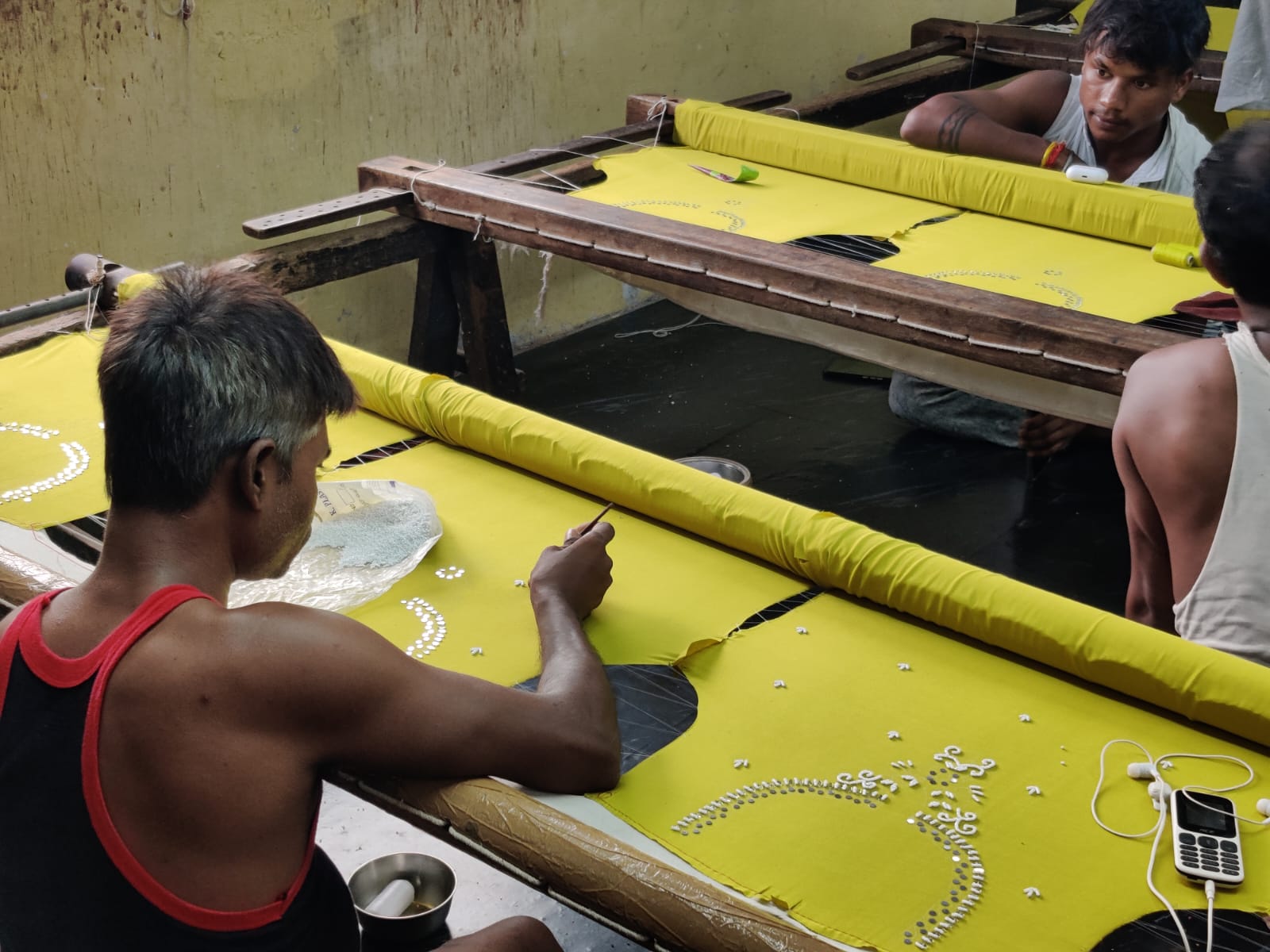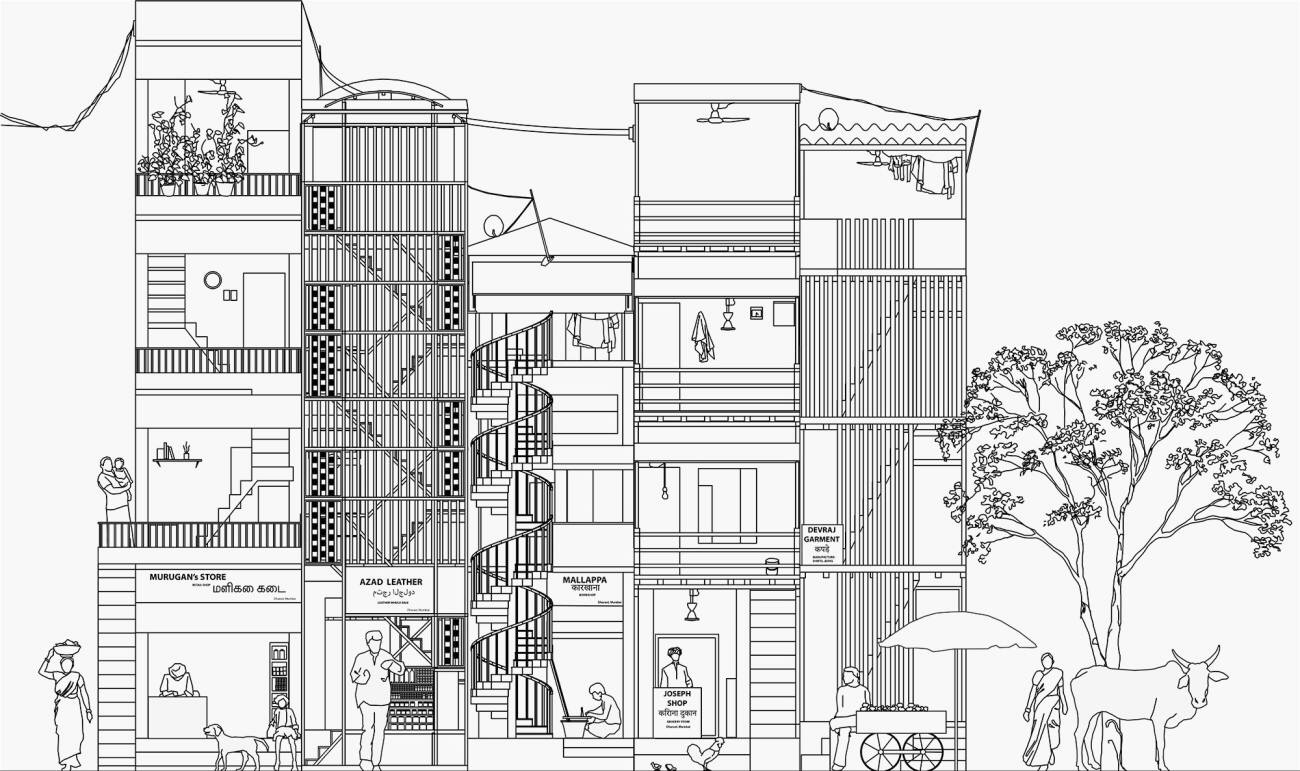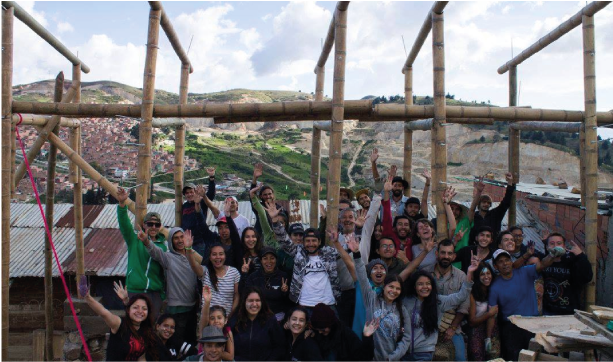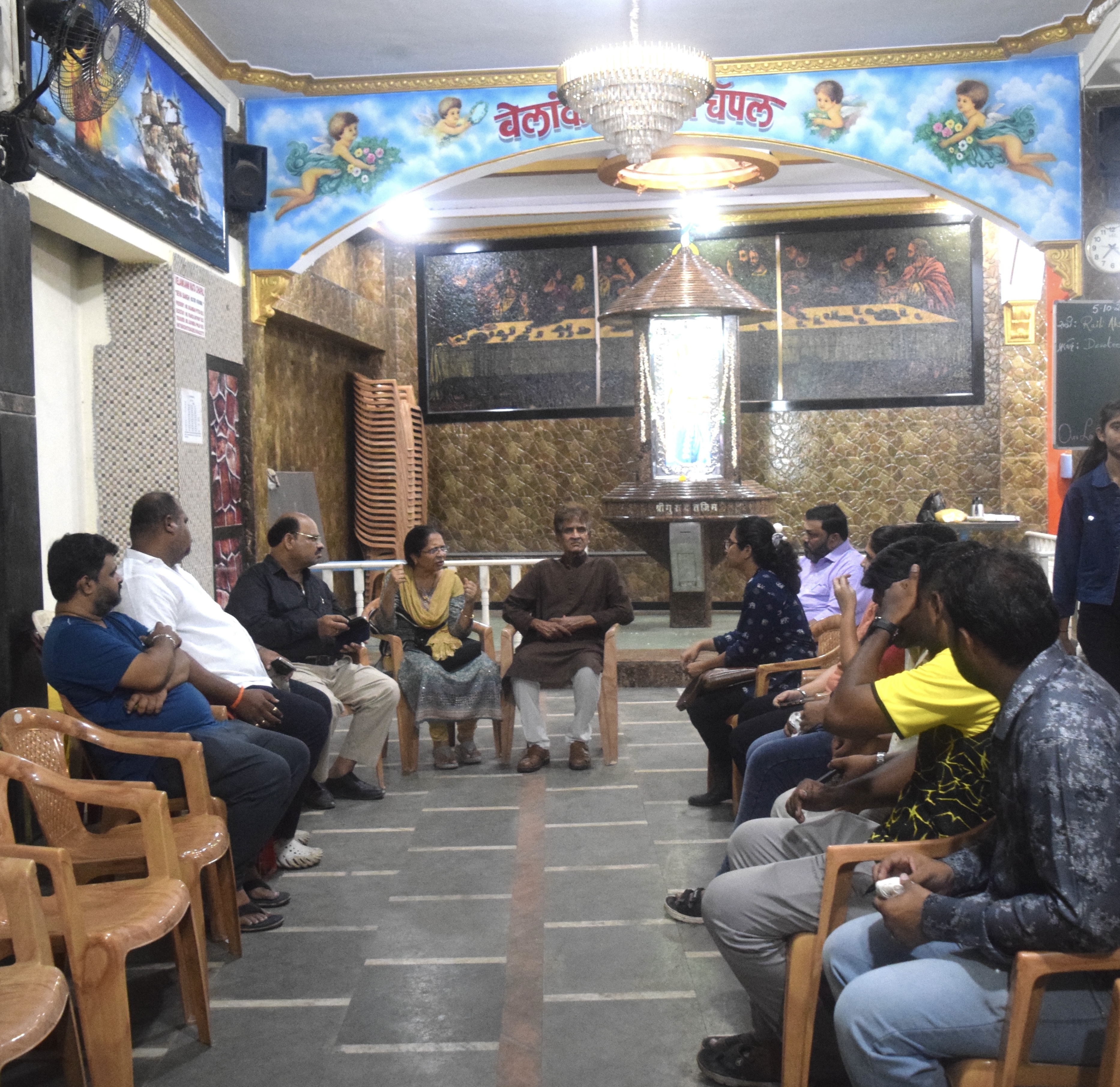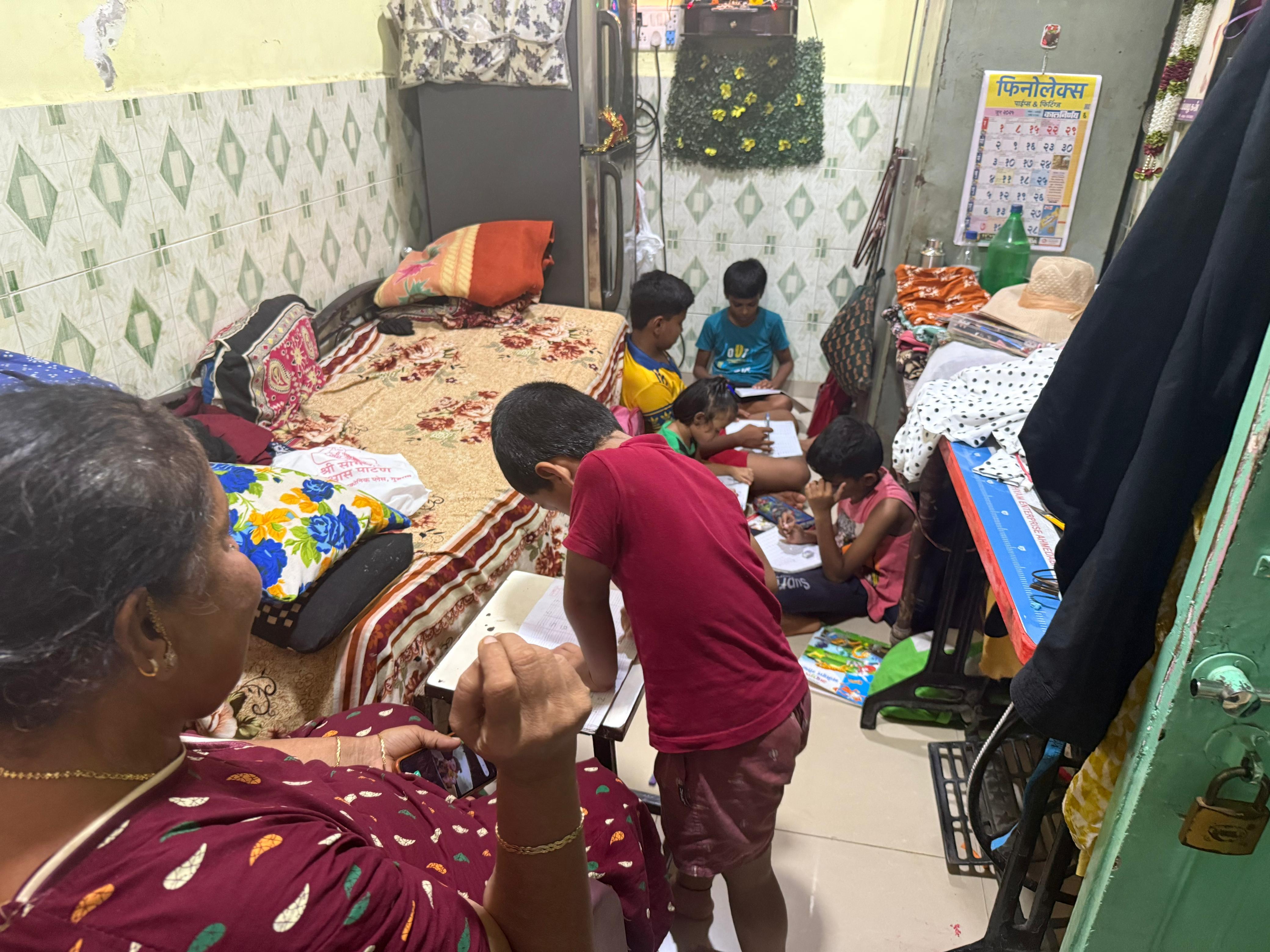Forward and Onward : Processional Patterns in Dharavi
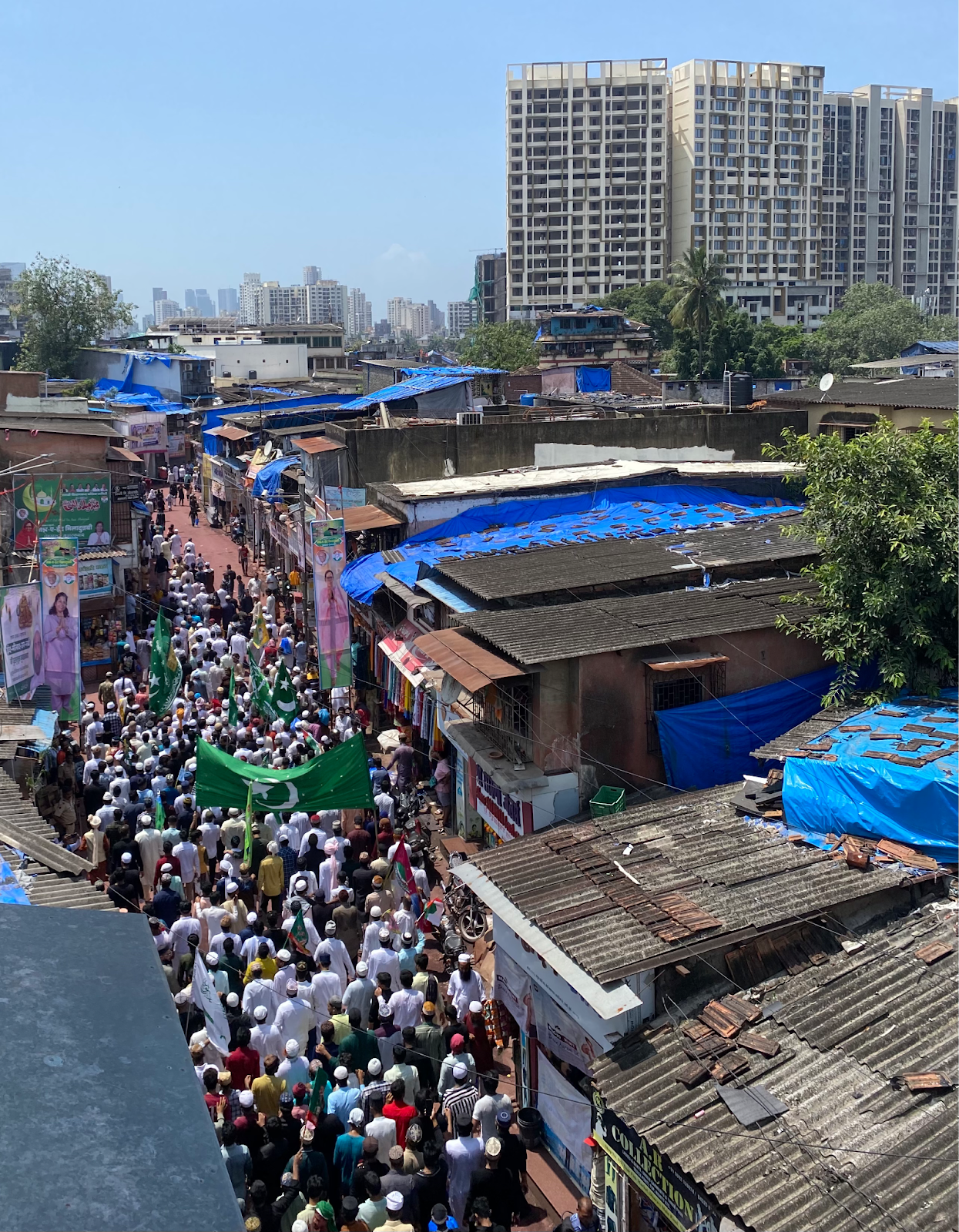
Forward and Onward : Processional Patterns in Dharavi
A recurring sight for people in Dharavi is the vibrant processions carried out in the streets that bring out the cultural ethos of communities into public realms. Streets, typically seen as the arteries of daily hustle, transform into a public stage during ceremonial processions where tradition and resistance are celebrated in unison. For communities of Dharavi, these processions denote a larger familial solidarity. It highlighting the struggles of urban life against the erasure of culture, during calls for redevelopment. A declaration of presence that co-opts the neighbourhood, these processions also signify moments of resistance towards urbanisation-induced alienation in urban spaces. The expansion of neoliberalism has not only commodified public spaces but has also made it discriminate in its access.
Mumbai as a city is not new to the idea of processions as symbols of protests. The agitations around textile mill workers during the Great Bombay Mill Strike bring back memories to the people of Dharavi and elsewhere who have their footprints attached to the legacy. Trade union processions during the strike saw mass-mobilisation of the city’s mill workers gathering to demand justice against restrictive labour laws that denied workers improved working conditions and wages. Trade Union processions encouraged the crowd to challenge notions of elite control over street spaces deconstructing the routes and orders established by civic elites.
Ceremonial processions on the other hand, have a deeper social meaning attached to it. I had the opportunity to observe and participate in the ceremonial journey of the Koliwadas and Muslims during Naarali Purnima and Eid-e-Milad-un-Nabi respectively. As I stood on the sidewalk watching the procession move, I realised that I wasn't just a passive observer but was part of the process. The procession through sheer force of numbers had expanded the definition of who belonged, whether you marched or watched, you were a spect-actor to the event. Within Dharavi, diverse communities participate in a silent dialogue of mutual respect where boundaries dissolve and communities offer space both physically and metaphorically to each other's customs and rituals. Dharavi functionally portrays social presence where communities are resilient to their counterparts, a rhetoric that is usually absent in present realities.
These processions are distinct in their geographical trajectory. The Koli fisherfolks with their deep-rooted traditions embark on a journey of ritualistic purpose through familiar paths in Dharavi. The Koli’s stop at Dutta Mandir in Dharavi Koliwada to offer their prayers before carrying their deity through the routes that have been tread through generationally. Their journey leads them to the channels of River Mithi which is revered as a sacrosanct for the community and ends in a ceremonial event of immersing Naral (Coconuts) into River Mithi, symbolising gratitude for livelihood, prevention from calamity, and a prayer for prosperity
Muslims in Dharavi have their distinct processional pattern which they carry out during Eid-e-Milad-un-Nabi, the commemorative march marking the birth anniversary of Prophet Mohammed. The procession in Dharavi starts from Noori Masjid on 90 feet road and passes through Chamda Bazar, Sangam Nagar, Bismillah Hotel, Koliwada, and finally converging and ending the procession at the Mastan Talav ground. The teachings and life of the prophet are remembered and imparted as they distribute Water, Sharbat, and other supplies indiscriminately. This year particularly saw a historic counterplay of communal gestures when Muslim scholars decided to adjust their processional schedule to avoid overlapping with the Ganesh Chaturthi celebrations (Hindu Festival).
Processions are a culmination of the ethnomusical traditions of communities and their existence in the cultural context of urbanism. The auditory soundscape of Dharavi is filled with either musical passages defined by synchronic progressions or songs and chants amplified using sound monitors during the festive season. For the Kolis, a synchronic band of wind and percussion instrumentalists lead the way for the community in reaching their destination, while the women dance in choreographic movements. The Muslim population amplifies their voice by chanting slogans which is deemed an interactive ritual intended to exhilarate the masses and show their tribute to Prophet Mohammad. It was personally a mystifying experience to watch the crowds move in perfect unison and harmony.
Contemporary processions have adapted to modern urban spaces and environments where collective resistance has gradually revived itself into the public sphere. At a time when market-driven structures have appropriated urban localities, processions help counter this narrative through collectivised resistance. For example, protests against state-led redevelopment drives in Dharavi represent the displeasure of people against institutions and the assertion of their collective agency. The Koli’s in Dharavi have negotiated their position through collective action, where protests and petitions have kept them out of the purview of the ‘Proposed’ Redevelopment Project in Dharavi. Their struggle to attain the right to self-development is a form of reclamation that the community achieved while challenging an oppressive state apparatus.
